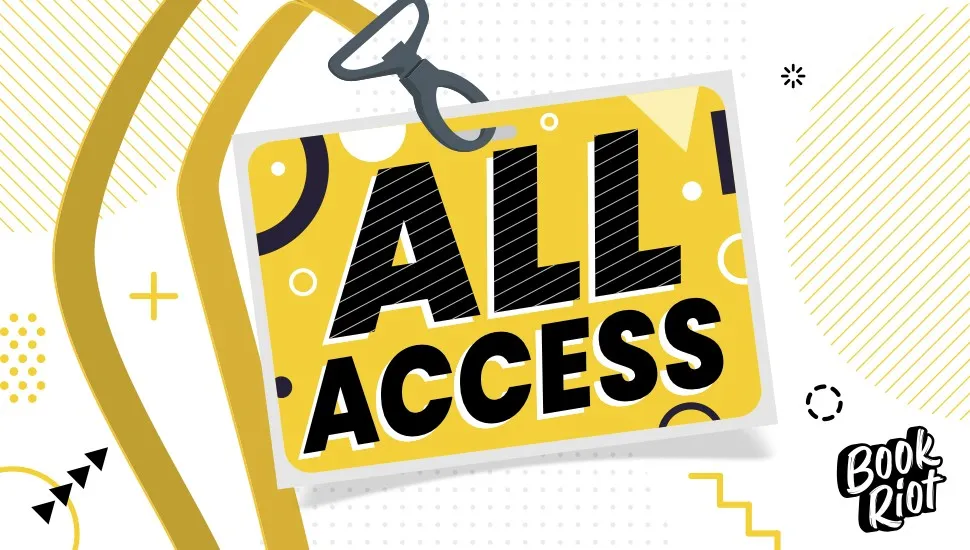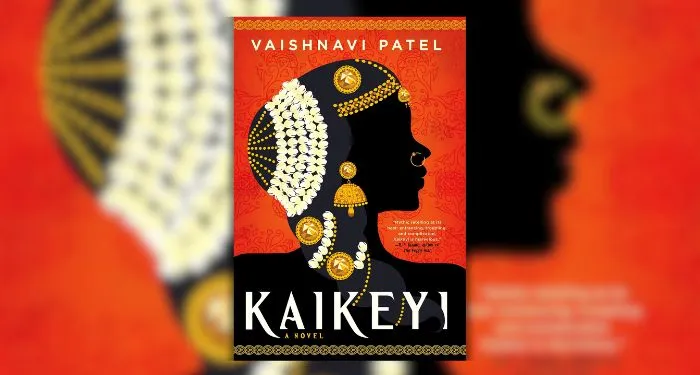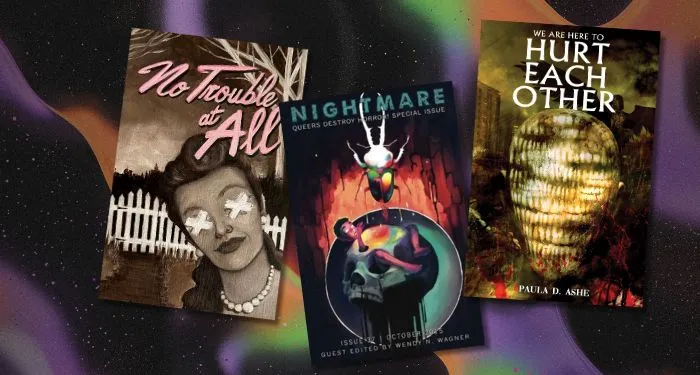The inimitable Nikki DeMarco is as well-traveled as she is well-read. Being an enneagram 3, Aries, high school librarian, makes her love for efficiency is unmatched. She lives in Richmond, Virginia, and is passionate about helping teens connect to books. Nikki has an MFA in creative writing, is a TBR bibliologist, and writes for Harlequin, Audible, Kobo, and MacMillan. Since that leaves her so much time, she’s currently working on writing a romance novel, too. Find her on all socials @iamnikkidemarco (Instagram, Twitter, Threads)
The traditional library model works if you already have insider knowledge. Adults who grew up using Dewey can navigate with ease. A motivated researcher can follow call numbers like breadcrumbs. But students who are new to reading for pleasure, learning English, or who simply process information differently often hit a wall. Fiction shelved alphabetically by the author’s last name adds another layer to this problem—unless you already know a name, the shelves give no clues about what kinds of stories are inside.
Instead of discovery, they face frustration. They’re stuck asking for help every time, or worse, they leave without finding a book. In a school setting, that’s a recipe for disengagement. Libraries that stick rigidly to traditional systems risk gatekeeping without meaning to.
Genrefication interrupts that cycle. By grouping stories together in ways that reflect how readers actually think—fantasy with fantasy, romance with romance, horror with horror—it makes the act of browsing intuitive. A student doesn’t have to know an author’s last name or crack a numerical code. They only need to know the kind of story they’re looking for.
This shift transforms the experience of being in the library. Suddenly, reluctant readers who once felt lost can wander a section that speaks to their interests. English language learners can follow familiar words like “mystery” or “romance” instead of relying on numbers that don’t communicate clearly. Neurodivergent students can approach the shelves without the hidden rules and social friction that come with asking for constant help. Genrefication doesn’t erase complexity; it erases unnecessary barriers.
The payoff is immediate. Circulation goes up, not because the books are new, but because they’ve become visible. Students who used to drift out of the library empty-handed now return with books that feel like discoveries they made themselves. The organization itself becomes an invitation: this space was built with you in mind.
Check Your Shelf
Sign up to receive Check Your Shelf, the Librarian’s One-Stop Shop For News, Book Lists, And More.
Critics sometimes insist that students still need to learn Dewey, or that genres are too subjective to build around. But Dewey can be taught as a research skill—it doesn’t need to be the first hurdle every reader encounters. And while genres are fluid, that flexibility mirrors the way people already understand stories. Books, like readers, often belong in more than one place. A mystery with romance elements doesn’t confuse students; it excites them.
When a library makes the choice to genrefy, it sends a powerful message. It says that access matters more than tradition, that browsing should feel like discovery, and that every reader deserves to see a clear path to the stories that will spark their imagination. Reorganizing the shelves isn’t just about moving books—it’s about moving readers closer to seeing themselves as readers at all.



















 English (US) ·
English (US) ·